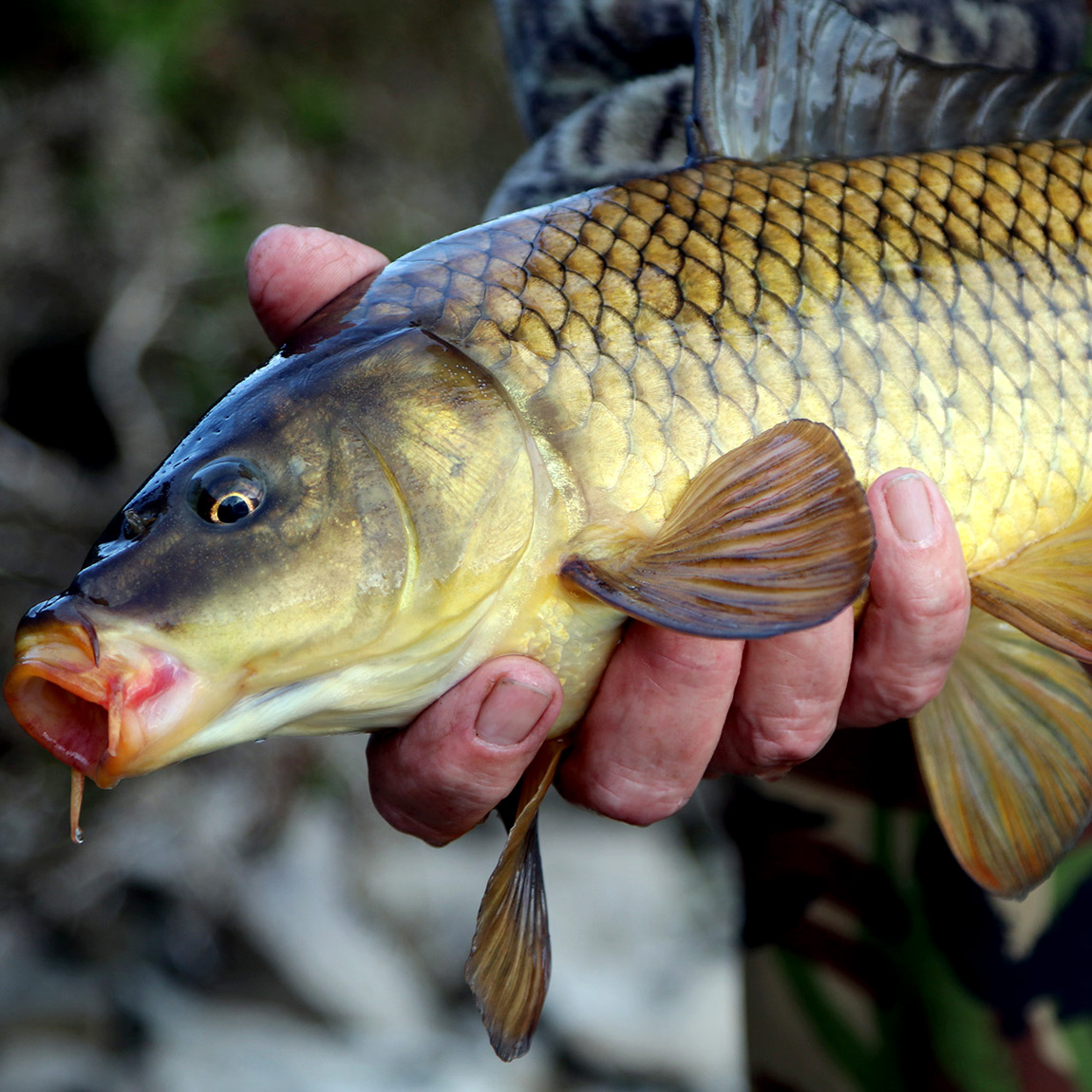2 December 2020
Following extensive consultation with The Environment Agency, The Institute of Fisheries Management, and several eminent fishery management consultants (including Wild Carp Trust Vice-President Dr Bruno Broughton), the Wild Carp Trust has decided upon its conservation strategy.
The Wild Carp Trust will, in parallel to helping fish in the wild (through habitat improvement and increasing awareness of their value amongst anglers and landowners), adopt what is known as an ‘Ark Project’ approach to conservation.
Taking inspiration from The Avon Roach Project, which seeks minimal disturbance to adult fish in the wild but maximum fish entered into the conservation programme, the Wild Carp Trust will take only eggs and fry from the carps’ home waters and grow these fish on in dedicated facilities until such time as they can be introduced to conservation pools or, should something tragic happen to their donor water, be reintroduced to the water from where they came.
